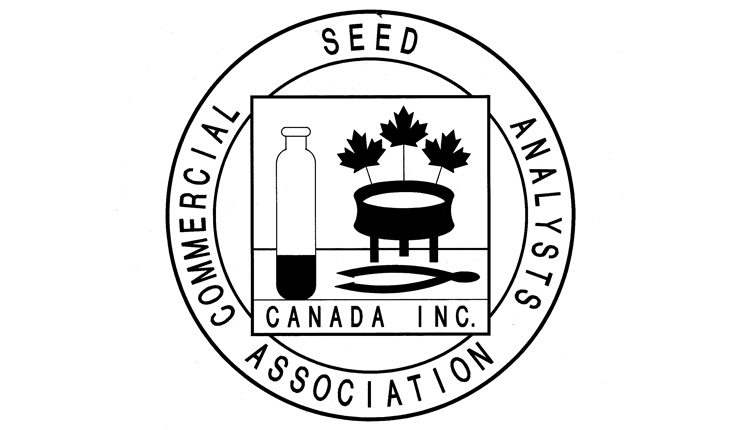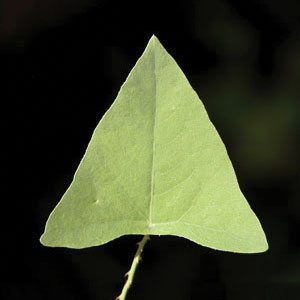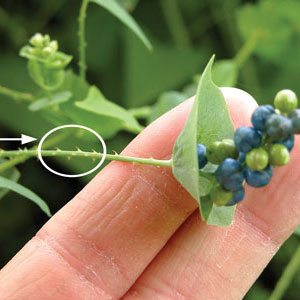_x000D_
Invasive plants are plant species that can be harmful when introduced into new areas. These species can invade agricultural and natural areas, causing serious damage to Canada’s economy and environment. Invasive plants in crops and pastures cost an estimated $2.2 billion each year by reducing crop yields and quality, and increasing costs of weed control and harvesting._x000D_
_x000D_
As Canada’s national plant protection organization, the Canadian Food Inspection Agency (CFIA) regulates the import, sale and movement of plants into, and within, Canada; monitors imports to prevent entry of invasive plants; and conducts surveillance to determine if an invasive plant is here, or to confirm that an area is free of a specific invasive plant. The invasive plants regulated under the Plant Protection Act are included in the list of Pests Regulated by Canada. The invasive plants regulated under the Seeds Act are listed in the Weed Seeds Order, 2005. The following information has been obtained from CFIA at www.inspection.gc.ca/invasive._x000D_
_x000D_
Devil’s-Tail Tearthumb (Periscaria perfoliata (L.) H. Gross)_x000D_
_x000D_
Devil’s-tail tearthumb is an invasive vine that forms tangled mats over other vegetation. It out-competes native plants, impoverishes wildlife habitat, restricts wildlife movement and reduces the aesthetic value of properties. It was previously detected in British Columbia, but did not persist there._x000D_
_x000D_
Native to eastern Asia, it is now highly invasive in the north-eastern United States. Habitats include riverbanks and a wide variety of disturbed areas, including roadsides, hedges, fields, pastures and forest edges, early forests, plantations, gardens and parks._x000D_
_x000D_
_x000D_
Devil’s-tail tearthumb is a sprawling annual or perennial vine with thin, prickly stems. It has small white or pink flowers that give rise to metallic blue berries. Distinctive are its triangular leaves and cup-shaped ocreae (leafy sheaths) surrounding its flowers and nodes. Backward-curved barbs are present on stems and leaves._x000D_
_x000D_
Devil’s-tail tearthumb reproduces by seed but is known for its remarkably rapid vegetative growth. People may unintentionally transport devil’s-tail tearthumb with nursery stock. The seeds may be transported in root balls or the vines may be wound around stems. The seeds are transported in association with ornamental seed, hay, mulch, vehicles, equipment, clothing and baggage. Natural means of dispersal include water, ants, birds, small animals and deer._x000D_
_x000D_
Similar species: Halberdleaf tearthumb is found in eastern Canada and the United States in swampy areas._x000D_
_x000D_
What you can do about it: First, avoid planting invasive plants in your garden. Use clean, high-quality seed. Declare all plants and related products when returning to Canada. Contact your local CFIA office if you suspect you have found this invasive plant. The CFIA will follow up and determine if further action is needed._x000D_
_x000D_
_x000D_
_x000D_
_x000D_
CSAAC’s Annual $500 Post-Secondary Student Grant
_x000D_
Do you know a student enrolled in post-secondary studies in the field of agriculture and/or plant sciences at a recognized Canadian institution?_x000D_
_x000D_
Visit the CSAAC website, www.seedanalysts.ca, to learn more about CSAAC’s $500.00 post secondary grant and download the application form._x000D_
_x000D_
Application deadline: May 15, 2016















